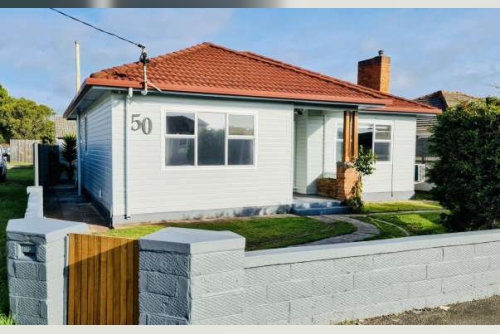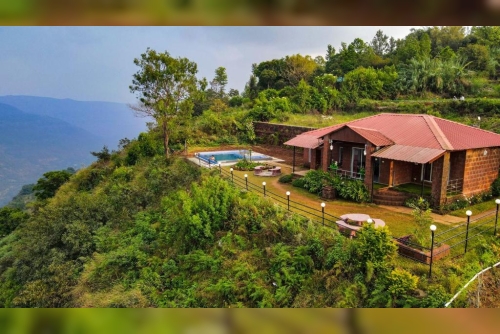When you're preparing to sell a home, one of the most common questions that comes up is: how long do real estate listings stay active? Whether you're selling through an agent or listing privately, understanding the typical duration of a listing is essential for setting expectations and creating a strategy.
In this article, we'll explore how long listings stay active, what influences their duration, and provide realistic timelines for sellers — especially for those choosing to go the For Sale By Home Owner route.
What Does “Active Listing” Really Mean?An active listing is a property that is currently for sale and being marketed online or through other channels. When a property is listed as “active,” it means it's still available and hasn’t gone under contract, been withdrawn, or sold. But that active status doesn't last forever.
Depending on the platform, listing method, and market conditions, a real estate listing might stay active for a few weeks—or several months. Understanding what’s typical helps sellers manage expectations and plan their next steps effectively.
So, How Long Listings Stay Active?In Australia, the average property listing stays active for 30 to 90 days. This varies based on the type of property, its location, pricing, and marketing efforts.
On traditional real estate portals, agents often set a standard listing period of 60 or 90 days, with an option to extend if the property hasn’t sold. If you're selling privately through For Sale By Home Owner, you may have more control over how long the listing stays visible, but it's still important to evaluate performance and market response regularly.
Let’s break down the key factors that affect how long listings stay active.
1. Market ConditionsIn a hot seller’s market—where demand outweighs supply—homes can sell within days or weeks. In contrast, in a buyer’s market, listings may linger longer. Monitoring local trends and comparable sales can give you a sense of how quickly homes are moving in your area.
2. Property PricingOverpricing is one of the top reasons a listing stays active too long. Buyers are savvy and often skip listings that appear out of step with market value. On the flip side, competitively priced homes tend to attract more interest and faster offers. Realistic timelines for sellers start with pricing your home appropriately from day one.
3. Presentation and MarketingPhotos, descriptions, and exposure all play a big role in a listing’s performance. A well-written listing with high-quality images and strong promotion—especially through platforms like For Sale By Home Owner—can attract more views and reduce time on the market.
4. Seasonal TrendsIn Australia, spring and early summer are peak seasons for real estate. Listings during these periods often sell faster, as buyers are more active. Conversely, homes listed in the middle of winter may take longer, simply due to reduced activity in the market.
5. Selling Method: Agent vs Private SaleWhen you sell through an agent, they usually manage the listing’s lifecycle and make adjustments as needed. With For Sale By Home Owner, sellers maintain full control. That freedom can be beneficial, but it also means you need to keep a close eye on how the listing performs over time.
If your listing hasn’t received much interest after 3 to 4 weeks, it might be time to reassess pricing, photos, or the description.
Realistic Timelines for SellersSetting realistic timelines for sellers is critical. Most homes that are well-priced and marketed properly should sell within:
2 to 4 weeks in a strong market 6 to 8 weeks in an average or slower market 8 to 12+ weeks in regional or less active areasUsing For Sale By Home Owner, you have the flexibility to adjust your strategy in real-time. That includes changing your asking price, updating photos, or even promoting your listing through social media and other digital platforms.
When Should You Worry?If your home has been listed for more than 60 days without serious interest, it may be time to rethink your approach. Long-active listings can make buyers suspicious and raise questions about the property. Regularly reviewing your listing’s performance ensures you stay proactive instead of reactive.
Some key signs it’s time for a refresh:
Very few inquiries or inspections Repeated feedback about the price being too high Comparables in the area selling fasterFortunately, private sellers using For Sale By Home Owner can make changes at any time without waiting for an agent to respond or approve updates.
Conclusion: Monitor, Adjust, and Stay EngagedSo, how long do real estate listings stay active? While there’s no one-size-fits-all answer, most homes sell within 30 to 90 days if priced and marketed effectively. That said, staying active on the market too long can reduce your home's perceived value.
The good news is that with tools like For Sale By Home Owner, sellers have full control over their listing's life cycle. That means more flexibility to adjust and optimize—giving your home the best chance to sell within a realistic timeframe.
If you’re preparing to list your home, focus on presentation, pricing, and marketing from the start. Track how your listing performs weekly, make adjustments as needed, and don’t be afraid to get creative. Your goal is to attract the right buyer, not just any buyer—and the right strategy will help you get there faster.












